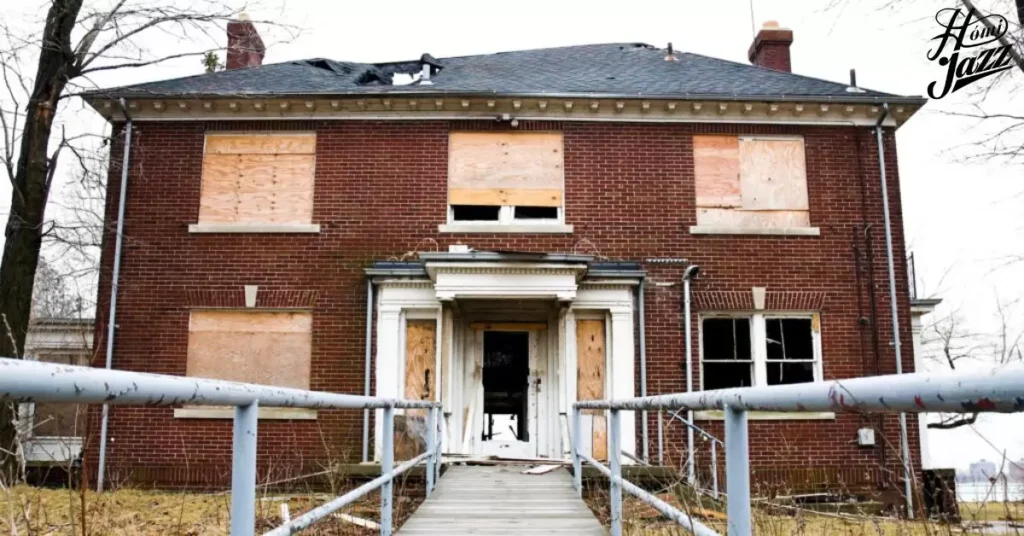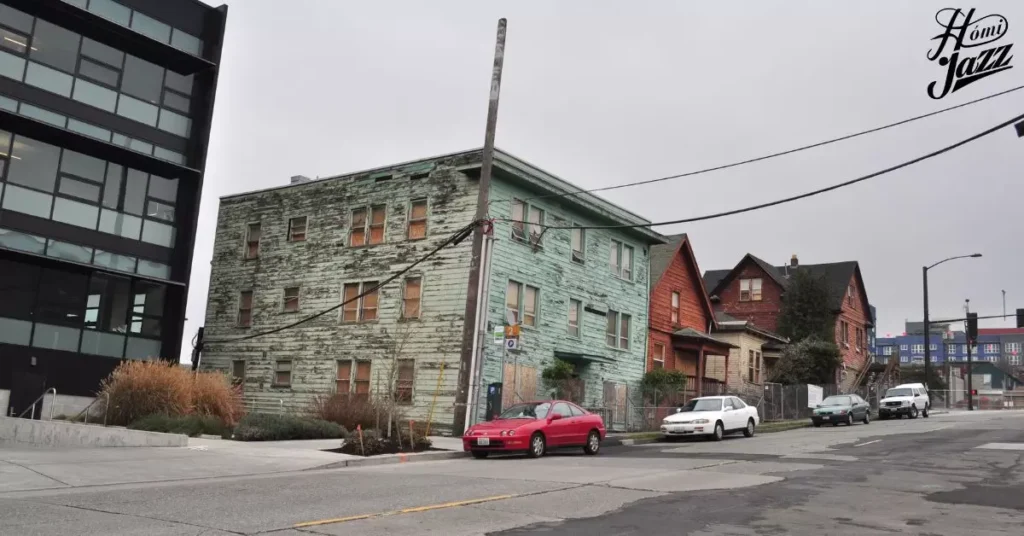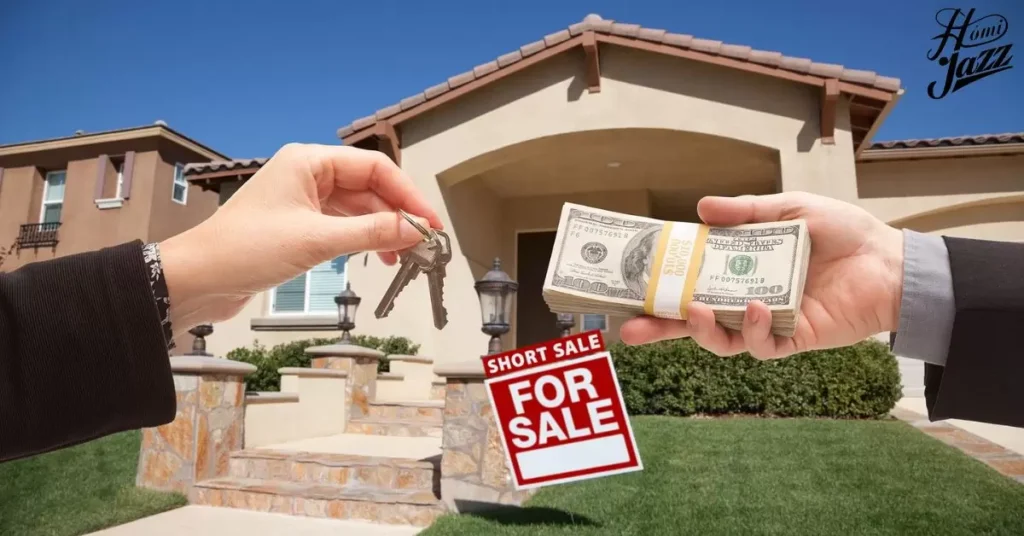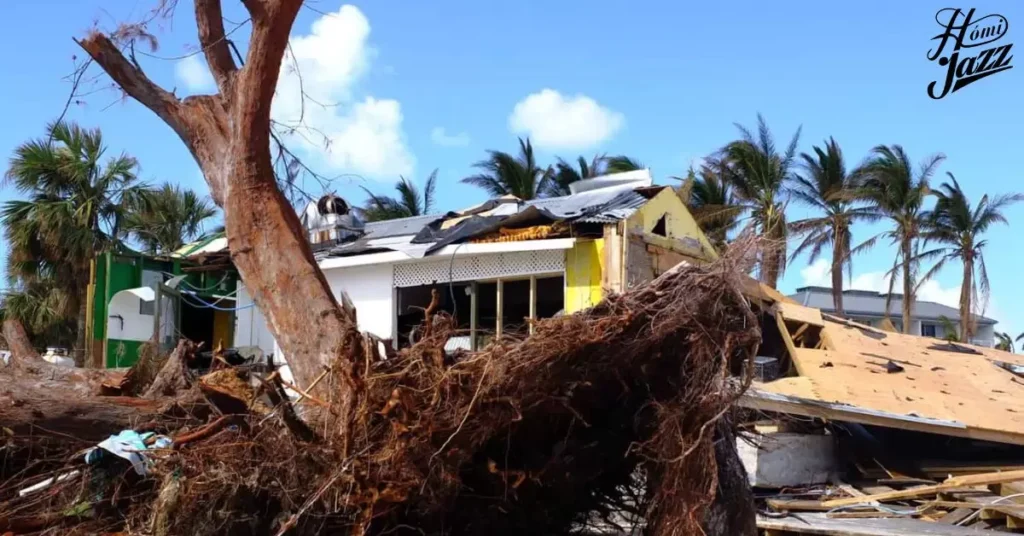When a house is condemned, it’s deemed unfit for habitation by authorities. This usually happens due to safety concerns like structural damage or health hazards. Once condemned, people can’t live there until necessary repairs are made.
Ever wondered what happens when a house is condemned? It’s not just about putting up a sign and calling it a day. From safety inspections to legal proceedings, the journey of a condemned house unveils a hidden world of bureaucracy and restoration.
When a house is condemned, it’s declared unfit for occupancy due to safety or health hazards. This triggers a series of inspections, legal actions, and potential renovations before it can be inhabited again.
What Is a Condemned House?

A condemned house is a dwelling that’s officially declared uninhabitable by local authorities. This usually happens due to severe structural damage, extensive neglect, or health hazards like mold or asbestos. Once condemned, it’s illegal for people to live in the house until necessary repairs are made to bring it up to safety standards.
Condemnation typically involves a thorough inspection by building code officials or other relevant authorities. If the inspection reveals serious issues that pose a risk to occupants’ health or safety, the house is condemned. From there, the property owner is often required to address the problems or face legal consequences, which can include fines or even demolition if the issues are deemed irreparable.
Types of Condemnation
Condemnation can occur in various forms, depending on the specific circumstances and reasons for declaring a property unfit for occupancy:
Structural Condemnation
Structural condemnation occurs when a building is deemed unsafe due to severe structural defects or damage. This can include issues like crumbling foundations, compromised load-bearing walls, or extensive structural deterioration. When a property undergoes structural condemnation, it’s declared unfit for occupancy until necessary repairs are made to ensure its safety.
Health and Safety Condemnation
Health and safety condemnation happens when a property poses significant health risks to occupants. This could be due to exposure to toxic substances like mold, asbestos, or lead paint, or unsanitary living conditions. When a property undergoes health and safety condemnation, it’s declared unfit for habitation until the hazards are addressed.
Code Violation Condemnation
Code violation condemnation occurs when a property fails to meet local building codes and regulations. This could be due to issues like improper electrical wiring, lack of adequate plumbing, or insufficient fire safety measures. When a property undergoes code violation condemnation, it’s deemed unfit for occupancy until the violations are corrected to meet the required standards.
Governmental Condemnation
Governmental condemnation happens when the government seizes private property for public use through eminent domain. This occurs for purposes like road construction, urban redevelopment, or public infrastructure projects. Property owners are typically compensated for their seized property, but they must vacate the premises as directed by the government.
Recommended Post: What Is A Freestanding House
Signs and Warnings of a Condemned House

Visible Signs: Signs of a condemned house include boarded-up windows, overgrown vegetation, and visible structural damage like sagging roofs or leaning walls. These external indicators often signal neglect and potential safety hazards to passersby.
Warning Notices: Official warnings may be posted on the property indicating its condemned status, along with reasons for condemnation and instructions for the property owner. These notices serve as legal notifications to inform both the owner and the public about the unsafe condition of the property.
Physical Hazards: Inside, signs of condemnation may include water damage, mold growth, exposed wiring, or crumbling walls. These hazards can pose serious risks to anyone entering the property and are clear indicators of its uninhabitable status.
Common Reasons For Condemning A House
Structural problems such as foundation cracks, unstable floors, or deteriorating support beams are common reasons for condemning a house. These issues compromise the integrity of the building and pose significant safety risks to occupants.
Health hazards like mold infestation, asbestos contamination, or lead paint exposure can lead to condemnation. These substances can cause serious health problems and make the property unsuitable for habitation.
How Long Does it Take For a House to Be Condemned?
The time it takes for a house to be condemned varies depending on the severity of the issues and the responsiveness of the authorities. Initial assessments may occur relatively quickly if there are visible signs of significant damage or hazards.
Once a property is identified as potentially condemned, there’s typically a legal process that must be followed. This process involves inspections, notifications to the property owner, and opportunities for remediation before a final condemnation order is issued, which could take weeks to months.
Can you fix condemned houses?
Condemned houses can often be fixed, but the feasibility depends on the extent of the damage and the resources available. In many cases, structural issues, health hazards, and code violations can be addressed through repairs and renovations.
Fixing a condemned house typically requires the expertise of contractors, engineers, and other professionals. They assess the damage, develop a repair plan, and execute the necessary work to bring the property up to code and make it safe for occupancy.
Can you buy condemned properties?

Yes, condemned properties can be purchased, but there are considerations to keep in mind. First, buying a condemned property often involves significant risks and expenses, as extensive repairs and renovations may be necessary to make the property habitable again.
However, purchasing a condemned property can also present opportunities for investors or buyers looking for a renovation project. With proper planning and investment, condemned properties can be restored to their former glory or transformed into profitable ventures such as rental units or resale properties.
Frequently Asked Questions
What does condemn mean for a house?
To condemn a house means to declare it unfit for occupancy due to safety hazards or violations of building codes.
What happens when a house is condemned in the UK?
When a house is condemned in the UK, it is declared uninhabitable by local authorities due to safety concerns or violations of building regulations. Owners are typically required to address the issues identified before the property can be occupied again.
What happens when a house is condemned in Texas?
When a house is condemned in Texas, it is deemed unfit for occupancy by local authorities due to safety hazards or violations of building codes. The property owner is usually required to remedy the issues identified before the house can be inhabited again.
What happens when a house is condemned in Florida?
When a house is condemned in Florida, it is declared uninhabitable by local authorities due to safety concerns or violations of building codes. The property owner must address the identified issues before the house can be deemed safe for occupancy again.
What is the process of condemnation?
The process of condemnation involves local authorities declaring a property unfit for occupancy due to safety hazards or violations of building codes. It typically includes inspections, notifications to the property owner, and opportunities for remediation before a final condemnation order is issued.
Conclusion
T he condemnation of a house is a multifaceted process that involves significant implications for both property owners and communities. From structural issues to health hazards, the reasons for condemnation vary but ultimately aim to ensure the safety and well-being of occupants. Once a property is condemned, it cannot be inhabited until the identified issues are addressed and the necessary repairs or renovations are completed.
This process can be complex and time-consuming, often requiring cooperation between property owners, local authorities, and various professionals. However, condemnation also serves as a vital mechanism for maintaining standards of safety and livability within neighborhoods. By addressing and rectifying the issues that led to condemnation, property owners have the opportunity to restore the property to a habitable state and contribute positively to the overall quality of housing in the community.

Howdy is behind this home blog, sharing personal stories, thoughts, and insights from daily life. I can dedicated to bringing you the latest trends, expert advice, and creative ideas to make your home the sanctuary you’ve always dreamed of. Whether you’re looking for DIY tips, home decor inspiration, home loans, rentals or renovations.







